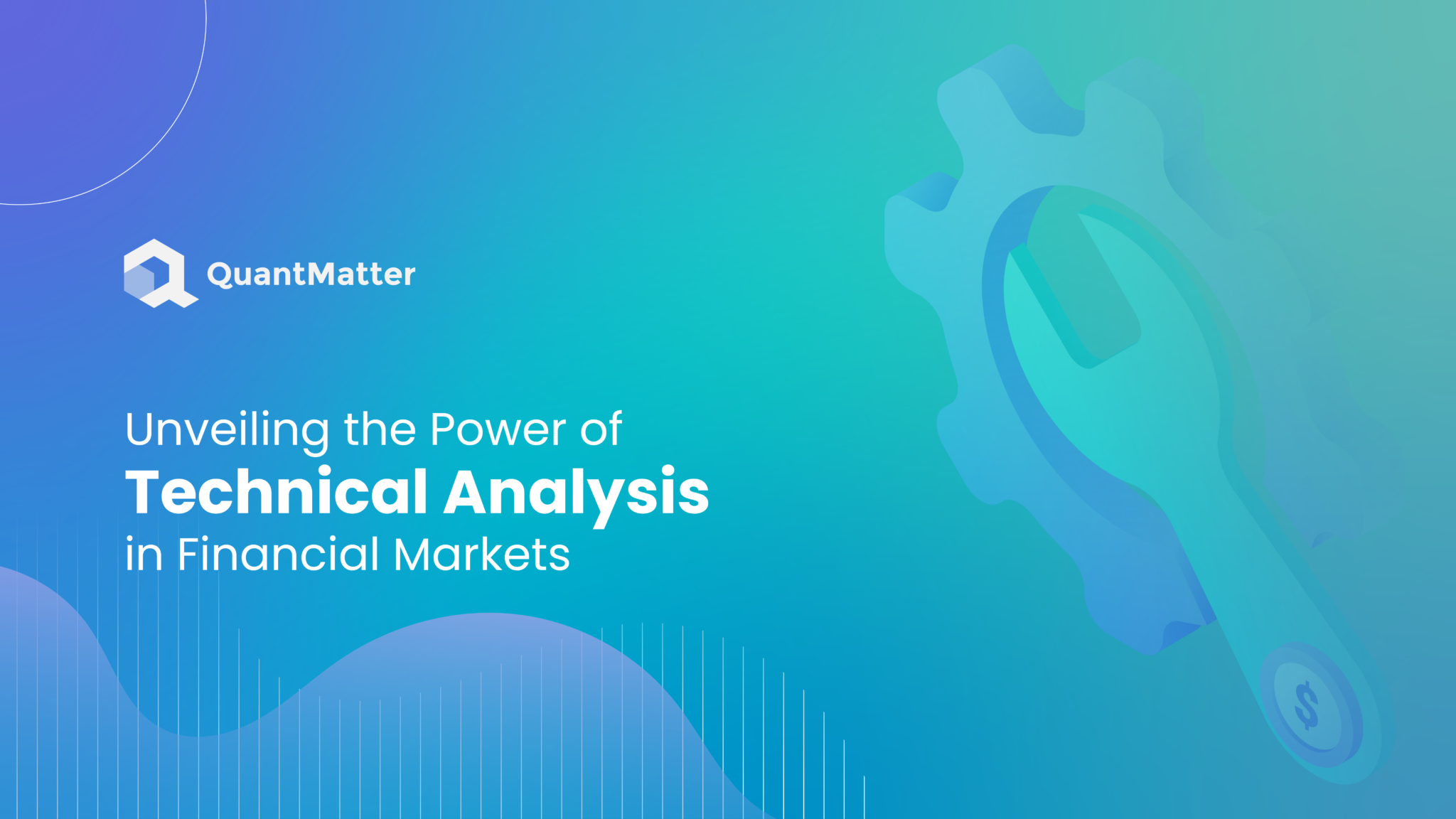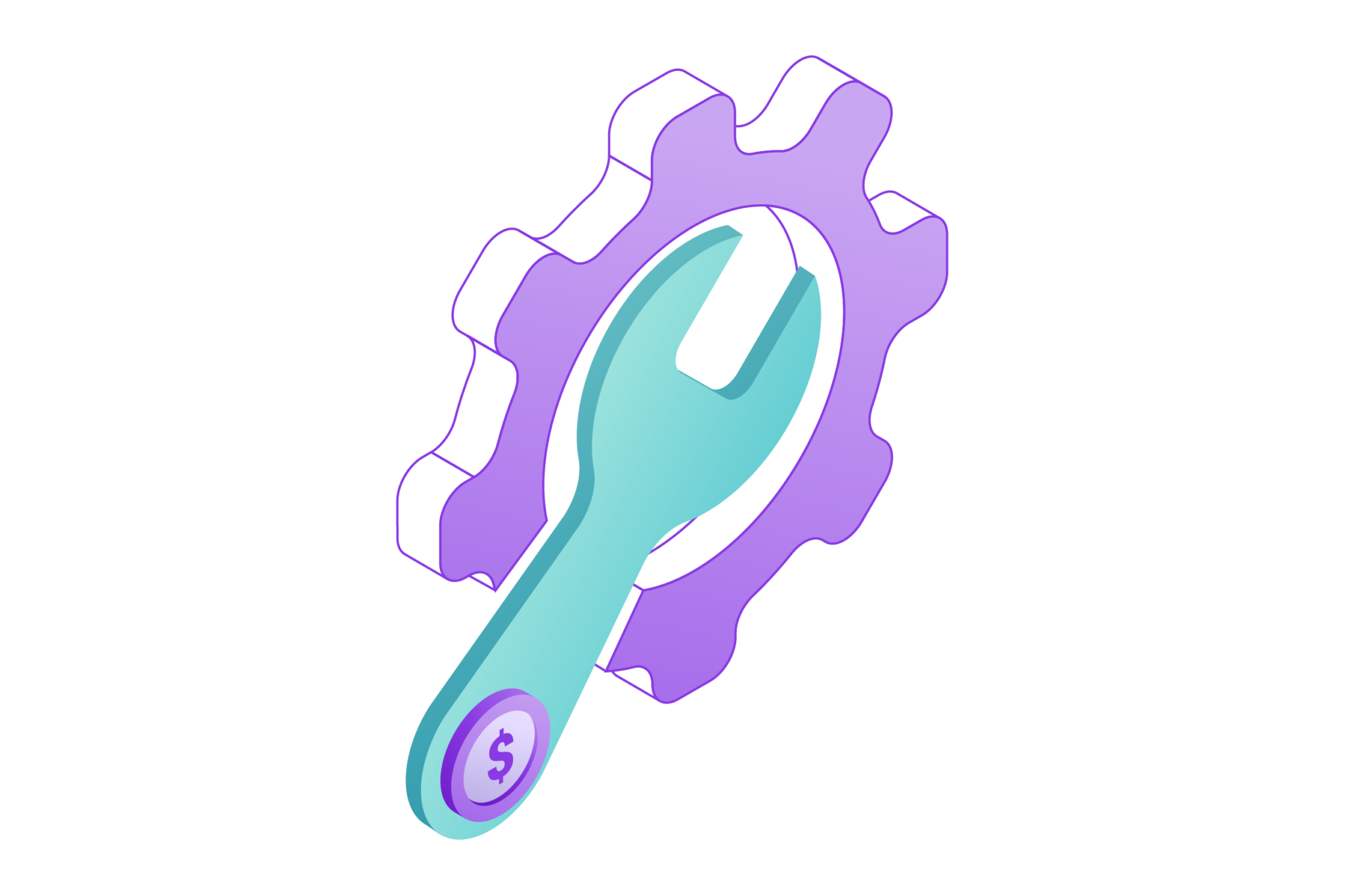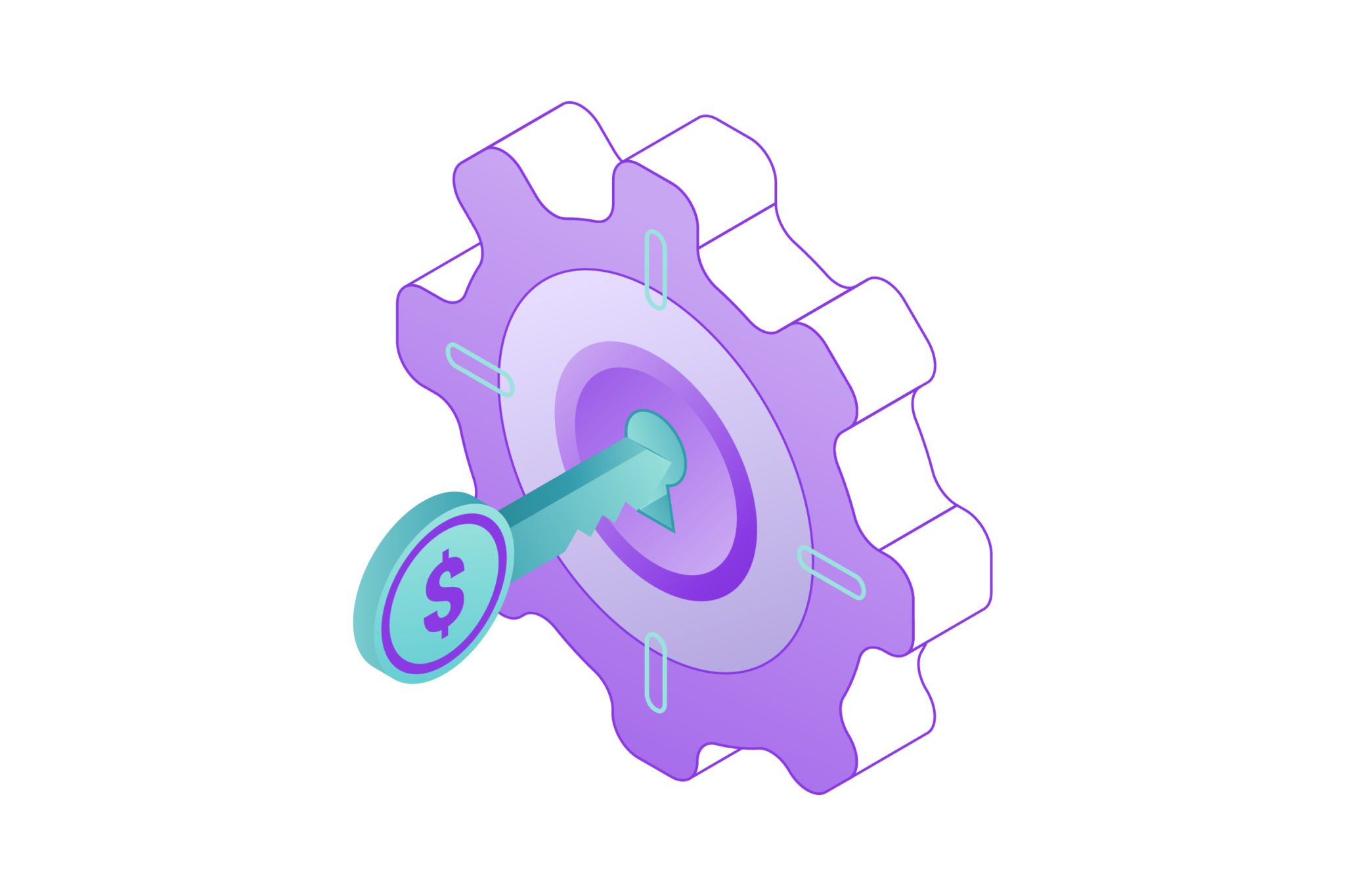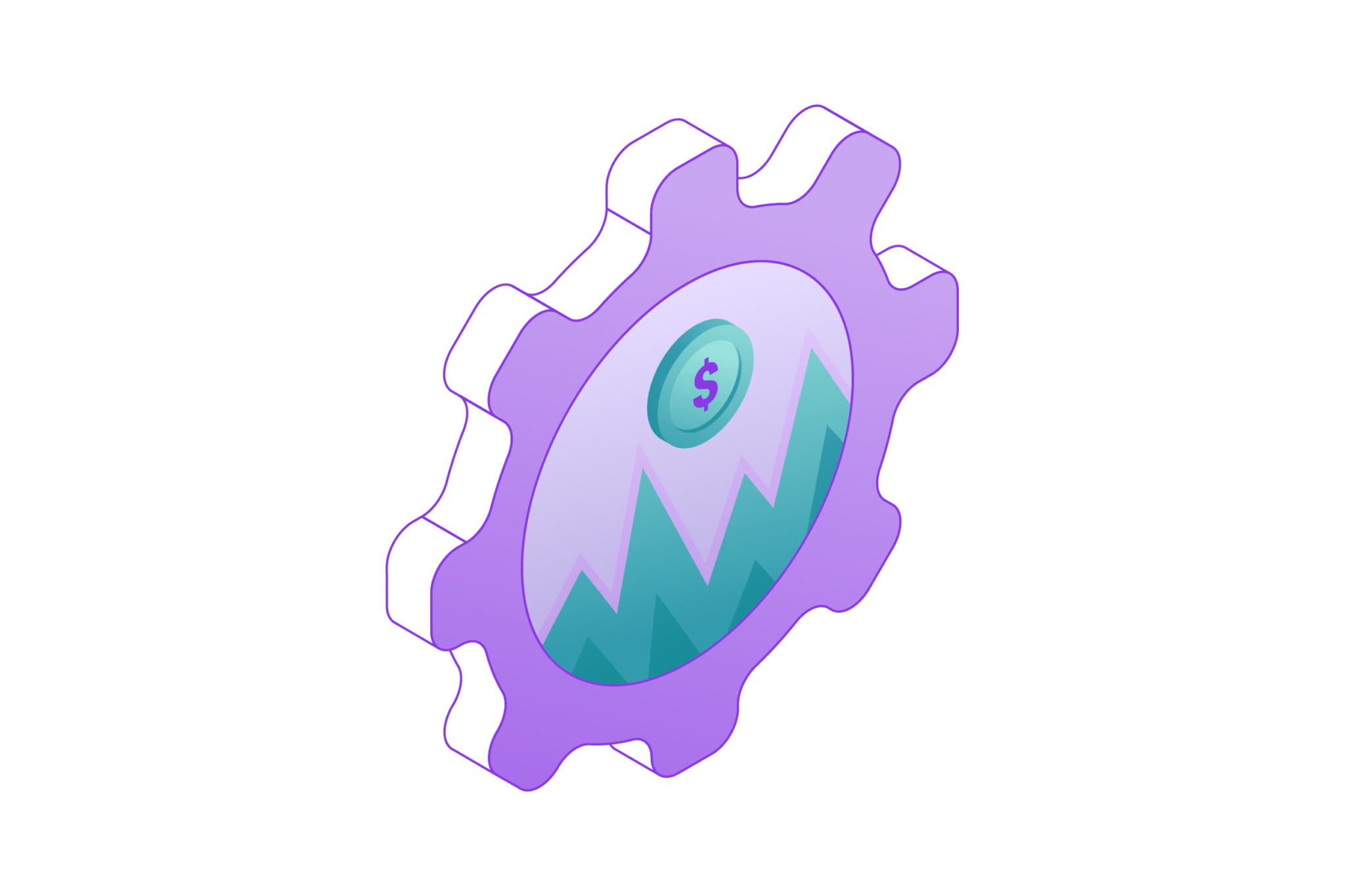
Technical analysis is an indication method used in the financial markets that predicts future price movements based on past price behaviour and trading volumes. Technical Analysis which was facing scepticism from some quarters, is, in fact, one of the most widely accepted trading methods by plenty of market participants. However, attempting to predict market crises or rates of long-term economic growth solely based on the method of Dow Theory is a potential limitation.
Fundamental analysis is mainly concentrated on the intrinsic value of assets, with a deep-dive into earnings, dividends and economic indicators, while technical analysis focuses on the prices and market trends of assets as well as chart pattern analysis. Through the realization of how traders respond to what is presented and picking up in the market reoccurring patterns in price movements, technical analysts can spot potential trade openings and conclude on market sentiment. While there are a number of critics on this matter, many view technical analysis as a vital mechanism that helps us better understand the market and make more well-rounded decisions. In this post, we will cover the principles of technical analysis that are crucial for a return to profitability, as well as their application in the financial markets.
Understanding Technical Analysis

Technical analysis is a practical and timely method used by traders and investors for the purpose of predicting the cost movements of financial assets with the help of historical price data and pattern analysis. Assuming that third parties do similar things again and again, the technique behind the tech analysis says that these people discover the patterns that are usual, and it provides long run information about market trends. This system allows analysts to use a broad range of tools and indicators to dissect market dynamics, assess trends, identify support and resistance levels, and point at the reversal points on the market in the proper way.
In this respect, it enables traders to use the pattern of former markets and approach their expectations by utilizing numerous technical analysis tools. Technical analysis consists of a great deal of price simulation processed by plotting historical price movements on charts and the study and analysis of volumes and other market indicators, with the objective being to identify patterns and trends. Called trend analysis, this approach is one of the most popular among traders and traders strive to identify trends, whether they are upward, downward, or sideways, using tools like moving averages, trend lines and patterns like head and shoulders or triangles to help with the process.
Also Read: Market Making: Strategies and Techniques (August 2024)
The support and resistance levels, in turn, make up the technical analysis, where they become the key reference points. The support level stands for the price where buyers come into play and they drive prices higher in order to neutralize further price drops, whereas the resistance level represents those areas where selling pressure is higher and the price advancement is impeded. These levels are usually determined from the price charts of the past, and they are greatly watched by traders because they are thought to be areas where prices may reverse or continue on. Furthermore, chart patterns like head and shoulders, triangles, flags, and pennants are also very carefully looked at and the insights from them are used to make a decision on whether the trend should be reversed or continued.
Even though it has come a long way to be accepted by the major players in the industry, technical analysis has, however, not been entirely exempt from the pitfalls. Cynics accuse that it may be misdirected toward what doesn’t actually affect the price of assets and may easily have subjective factors in the interpretation of the data and even biases applying to the analysis. While technical analysis, when integrated with fundamental analysis, will give a complete picture as well as increase decision-making ability, opponents would argue that it cannot be used alone as an expert in any branch of life needs more than technical knowledge.
Key Components of Technical Analysis

Technical analysis comprises various constituent parts, consisting of different tools, methodologies, and conceptual frameworks. Traders, as well as investors, employ these tools to interpret market data and make wise decisions. These components form the foundation of technical analysis and include:These components form the foundation of technical analysis and include:
Price Charts
Last but not least, the price charts are the basis on which all the technical analysis is built, showing market data over time. Apart from the various formats in which cloud hosting services present information, they include line charts, bar charts, and candlestick charts. Closing price charts for a particular period show prices in columns to provide easy insight into the price movements.
Bar charts have another aspect of data presentation that is entering opening prices, high prices, and low prices for each time period, making the data more detailed. Line charts assist with identifying a trendline, which is the mean of the typical closing price of the asset in a specific timeframe.
On the other hand, candlestick charts depict price action within a particular period through candle patterns. Each candle represents the opening, high, low, and closing prices of the asset in that particular period or time frame. Professionals use different types of diagrams according to their trading style/ likes; among them, candlesticks are preferred most as they effectively communicate market psychology and the possibility of upending trends by featuring a number of signaling candlestick formations.
Trend Analysis
Trend analysis is a pivotal point of technical analysis as it assists traders in figuring out which direction price swipes prevail. Trends can be divided into three main categories; uptrends (also known as rising profits), downtrends (described as lost opportunities), or sideways trends (also termed as resting places). For the purpose of defining trends, technicians employ such diversified tools as trend change lines, moving averages and trend channels. These are plotted by joining the lows in cases of uptrends or the highs in a downtrend situation.
Visual support is lent to the trend’s direction by the trend lines. A moving average is a filter that spreads out the price over a certain time frame, which makes it easier to find the underlining trend. Trend channel is the term coined to represent the price action between two parallel trendlines, where the first trend line is complex and the second trendline lies at the bottom and supports the trend. Whether it is by confirming the flow of the market or finding a consistent pattern in price fluctuations, traders can capitalize on that information and stay with the trend rather than go against it, thus increasing the probability of a successful trade.
Support and Resistance Levels
Support and resistance levels are essential elements of charting, which are considered prices where buying and selling forces align, given that level of price for a buying activity and a level of price for a selling activity. Support bases, where buying demand overcomes selling pressure and occasions price restoration, and resistance levels, which are associated with selling pressure that is higher than buying demand and resists any further price increase, are where such levels are designated.
These levels are plotted via historical price action, and the touchbacks to these levels are being confirmed by almost equivocal evidence. Technical analysts make sure they follow these levels very closely because, almost always, they can give some help with making trading decisions on where to enter and exit the market. Blowing tops and breaking supports open doors to a change in market direction and could signal appropriate moments for trading.
Chart Patterns
The irregularities of the price chart that help predict what the price trend will be in the future are called chart patterns. Among the many chart patterns are those applying to the edges of a trend, such as the famous head and shoulders and the double top/bottom, and there are also patterns that repeat a trend, such as triangles, flags, and pennants. Also, head and shoulders patterns are characterized by having three peaks, where the middle peak is the highest (the head) and is followed by two other peaks (the shoulders), which, therefore, presage a trend change.
Triangles is the term used for the accumulation patterns formed by the converging trend lines meeting at one point, with the apex of an ascending triangle suggesting a bullish continuation and a descending triangle being more bearish. The patterns, like pennants and flags, are quick drawings of transitions experienced after a sharp price movement. They are often considered short-term corrections where the uptrend may resume for some time. Using chart patterns, traders can tell which movements may be coming, the footsteps of trend reversals, and make changes to their trading strategy if needed.
Technical Indicators
Technical indicators are a group of mathematical calculations that are based on price and volume data and also give an idea about market movements. There are two main types of technical indicators: following the trend, like trailing indicators and oscillators. On the other hand, momentum indicators like moving averages, as well as trendlines, where traders can monitor the direction of the current trend, are helpful for traders.
While the former is widely called to oscillate inside the range, it gives us clues about a certain momentum, overbought or oversold positions, and also about possible trend reversals. Technical indicators that are in vogue include the Relative Strength Index (RSI) which defines how fast price changes through time, and Moving Average Convergence Divergence (MACD) which is a combination of two moving averages that shows the direction of a trend. Finally, we have the Stochastic Oscillator which compares a security’s closing price to its price range. Among the basics of technical analysis, traders use these parameters to confirm existing trends, search for trends and trade them, and properly manage their risk positions.
Patterns in Technical Analysis

Major parts of Technical Analysis involve a multitude of techniques, methods and trends that are used by investors and traders to study market data and draw informed conclusions about the market. These components form the foundation of technical analysis and include:These components form the foundation of technical analysis and include:
Price Charts
Price rows are the skeleton of the technical analysis, and they show a graph of market indicators and the formation of patterns over time. They can be either classic, represented by line charts, bar charts or candlestick charts. A line chart showcases the price movements over a given period by displaying the closing prices alone. This chart provides a simple overview of the price dynamics.
The bar chart includes open prices, high prices and low prices for each time frame, which makes the details about that period clear. Although the line chart illustrates the price history over the period, the candlestick charts represent the price movements within a specific timeframe, and the candlestick patterns demonstrate market sentiment. Different traders have a tendency to trade with different kinds of charts based on the method that suits them and their preferences the best. Candlesticks are the most commonly used charts because of their ability to relay not only information about the market but also the memory of the current market psychology and indicate possible trend reversals through different patterns.
Trend Analysis
Trend analysis is the cardinal pillar of technical excellence in analyzing trends, as it helps traders identify the way prices are flowing. Trends can be clustered into: uptrend, downtrend, and sideways trend (or shall be called the (side) range). As for the trend, technical experts have at their disposal trendlines, moving average and trend channels that can be used to establish tendencies.
Also Read: Market Maker Options: Definition and How They Make Money
Trendlines are a visual support for the trend continuation in the opposite direction; they are formed by joining successive lows in the uptrend and successive highs in the downtrend. The moving average provides smooth price information over a predefined period, and by identifying the trend of the data, it assists. Trend channels constitute the price movement contained by the parallel lines of trend, with the upper trendline showing a potential resistance and the lower one being a support. Traders, in their turn, can acknowledge and confirm existing trends and then tailor their own strategies in accordance with market trends’ direction, which helps to increase the chance for successful trades that have been made.
Support and Resistance Levels:
Support and resistance levels are even the essential principles of technical analysis, which are nothing else but the areas where sellers and buyers enter equilibrium. There are also price levels where usually buying and selling pressure coincide, thus support and resistance. The quantitative indicator of the support levels is a zone where selling pressure is weaker than buying power, preventing the price from continuing to fall.
As for the resistance levels, these are the areas where selling power is superior to buying power and vice versa, preventing the price from continuing to rise. These levels are chart verticals with price action in the past and are usually confirmed by multiple touches or bounces in order to have the same resolution. Technical analysts typically take support and resistance levels into account because those are the areas for possible opening or closing a deal. ‘Breakouts’ above the resistance level and ‘breakdowns’ below the support area can be strong signs that market sentiment has changed and that a selling/buying opportunity has occurred.
Chart Patterns
Chart patterns are the formations that belong to the evergreen data of price charts and give a clear view of expected movement in the future. The charts offer different types of patterns, for instance, head and shoulders and double tops/bottoms to help in the reversal of markets, and the other type is continuation patterns like triangles, flags, and pennants. Patterns head and shoulders comprise of three peaks in which the second peak is higher than the other two peaks, known as shoulders.
These patterns signal the possibility of a change in trend. Triangles are triangular figures where the lines converge, and as the trends move upward, the lines also move upwards, resembling an ascending triangle, which is a bullish continuation, whereas if the trend moves downward, there is a convergence of the lines, which is reminiscent of a descending triangle, hence it is a bearish continuation.
Flags and rectangular patterns are technically continuations that are often followed by moves in the same direction from where a trend has started. The price patterns that are being identified and interpreted may provide some anticipation regarding possible trend reversals or continued movement. Therefore, traders may adjust their strategies according to the ongoing changes.
Technical Indicators
Technical indicators are calculations of numbers impacting price and volume, with summaries that show ways to deal with many more market variables. There are two main types of technical indicators: trend obedience pendulums and oscillators. Following-the-trend indicators, namely moving averages and trend lines, provide traders with a tool to pinpoint the direction of price movement that is currently being expressed as the predominant trend.
Oscillators usually fluctuate within a confined range and can give you an idea of whether the market is a probable destination, whether the money is flowing in and going out of that market, and hence can be used to identify a reversal in the trend. Some popular technical indicators are the relative strength index (RSI), which measures the speed and accuracy of price movements; the moving average convergence divergence MADCD, which is moving averages combined to see potential trend changes; and the Stochastic Oscillator , which compares a security’s closing price to the price range during a certain time. Traders exploit these signals to validate the currently existing trends, find the best trading signals, and learn to manage the risk adequately.
Conclusion
Synergetic outcomes can be achieved when technical analysis is combined with some strong foundations and risk management strategies, which in turn add to the decision-making process in a highly dynamic financial industry environment. Through fundamental analysis, we gain a broader context by considering industry specific factors that typically drive asset prices, and technical analysis plays the opposite role by allowing us to focus on the more detailed aspects of market dynamics in terms of buying and selling points. Combining these two approaches allows market players, i.e., traders and investors, to come up with a kind of brief understanding of market dynamics and make practical and informed decisions.
By the end, technical analysis is still the hard question for some, but it is undeniable that technical analysis has lasting significance in stock markets, and investors need to make use of those technical indicators to achieve success in their profitable and safe trading journeys. Technical analysts aggregate the realities of market psychology, historical statistics of price movements, and pattern analysis to have a complete view that is integrated with other analysis grounds. In addition to the guiding technical analysis and other fundamental analysis strategies, effective risk management methods can be incorporated to make the decisions even better and produce profitable results in the complex and competitive world of financial trading.
Disclaimer: The information provided by Quant Matter in this article is intended for general informational purposes and does not reflect the company’s opinion. It is not intended as investment advice or a recommendation. Readers are strongly advised to conduct their own through research and consult with a qualified financial advisor before making any financial decisions.

I craft stories that make complex ideas clear. I simplify the blend of data science, machine learning, and crypto trading, showcasing how advanced tech and quantitative models analyze data for informed trading choices. Join me in exploring the realm of quantitative trading, where my narratives make intricate concepts easy to grasp.
- Alifia Berizkyhttps://quantmatter.com/author/alifia-berizky/
- Alifia Berizkyhttps://quantmatter.com/author/alifia-berizky/
- Alifia Berizkyhttps://quantmatter.com/author/alifia-berizky/
- Alifia Berizkyhttps://quantmatter.com/author/alifia-berizky/
